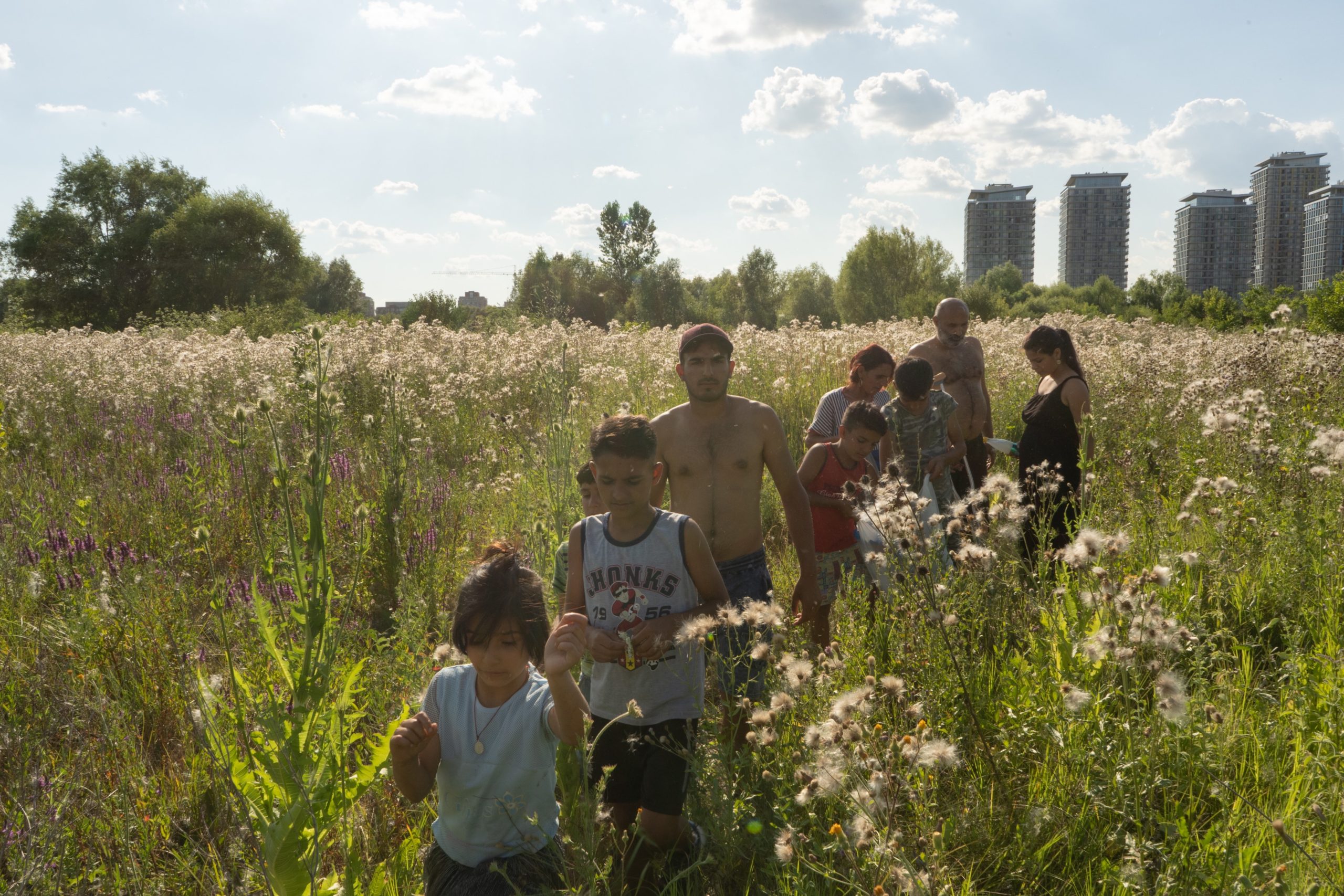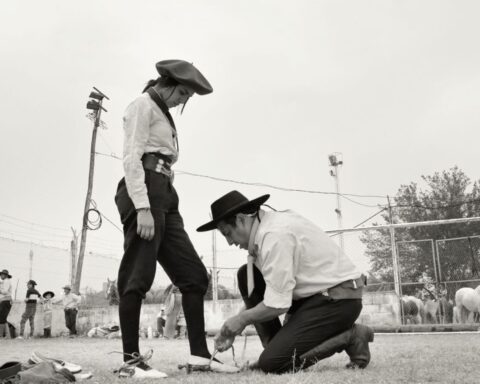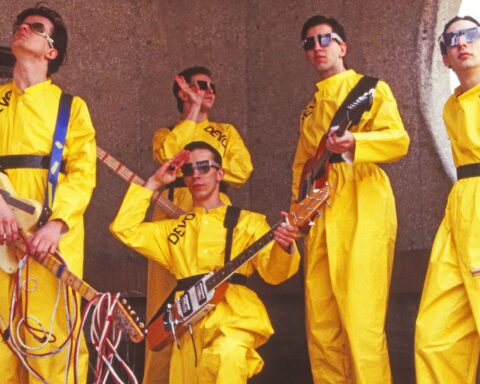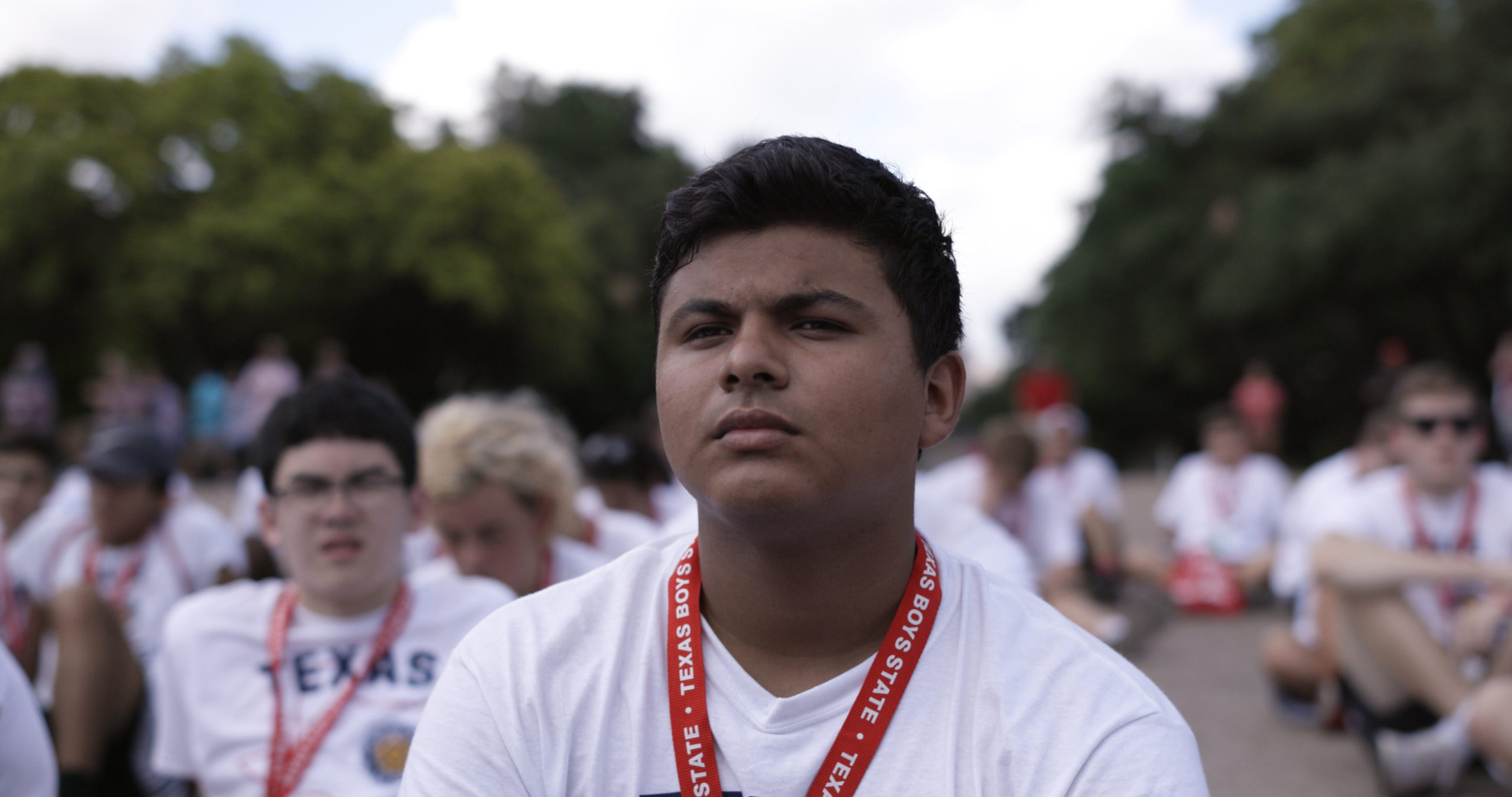With the hustle and bustle of the festival’s opening weekend already a distant memory, altitude sickness has been replaced by plain old sleep deprivation. Lyft and Uber drivers are making fortunes, the bags under journalists’ eyes are darkening, and the snow keeps piling up. Brutal bidding wars are taking place behind the scenes while chats in the queues inevitably start with “seen any good ones today?”
Since you realized, halfway through the festival, that no amount of coffee will ever be enough to repay your amassed sleep debt, you hope that the next doc might jolt you back to life.
Here’s a closer look at five that actually did. Some the strongest works this year are by five filmmakers who managed, each in their own way, to capture the strength and resilience of their neighbours in the face of multiple oppressions. With a critical and affectionate lens, they paint the portrait of proud people in search of a better life.
Acasa, My Home
(dir. Radu Ciorniciuc, World Cinema Documentary Competition)
Once abandoned to its polluted fate, the rubbish swamp and untamed wilderness of the Bucharest Delta, one of the biggest pockets of nature in Europe, is now a protected area, transformed into Văcărești Nature Park. Great for politicians and Romanian city planners but not so great for the Romani family who have been living on these lands for 18 years. After becoming part of the ecosystem of the area, fishing its rivers and contributing to the discovery of new species, the Enache family decides to integrate into a city, which rejects them. While the father, once the keeper of the land, turns into a second-class citizen, we see his eight happy little hunters turn into illiterate children.
Transitioning from investigative journalism, Radu Ciorniciuc embraces the potential of film to tell full-bodied stories. Combining idyllic images of nature with a specific social issue, the initial moments of the feature have the quality of 19th century Romantic paintings. But as soon as the Enaches moves to the city, Ciorniciuc takes a step back. His fluid style, accentuated by the soft colours of the rural, becomes much more observational in an urban context. The ugliness of loss, social isolation and racism permeates through his critical lens.
This Romanian documentary depicts much more than the disintegration of a family. Through the devastating misfortune of the Enaches, Ciorniciuc’s first feature exposes a rigid and inhumane capitalist system and decries its inability to allow or accept other values than its own.
Epicentro
(dir. Hubert Sauper, World Cinema Documentary Competition)
130 years after the sinking of the USS Maine at its shores, Hubert Sauper, the travelling cineaste and director of Darwin’s Nightmare, explores the ruins of imperialism in Havana. Finding commonalities between post colonialism, cinema and the tourism industry of Cuba, Epicentro is an excellent exercise in decolonial thinking.
With Sauper often filming projected movies, news-broadcasts on TV and content on phone screens, we’re repeatedly watching a screen of a screen on a screen. It works as a metaphor and shows cinema as a self perpetuating storytelling apparatus. Like the Cuban tourism industry, cinema is a machine of dreams and product of utopian imagination. The traveller’s enthusiasm for the island is fed by an image of a Cuba that doesn’t exist and perhaps never existed. When the US Navy ships set sail to the Spanish occupied island, it was under the pretext of freedom. The fate of Cuba and early cinema became intrinsically connected as the Americans used films to sell and legitimate their imperialist project back home.
Drunk and fat Americans sitting in a Cuban hotel lobby are seen laughing at the US as a parody of itself. It sets the tone for Sauper’s film: critical and captivating chats with people he seems to have met by chance on the streets and roofs of the city. With under-lit digital images and melting colours staining his night-shots, he embarks on a circular voyage through the epicentre of utopias with a flurry of Cuban kids in his wake. What is utopia? What is imperialism? Directing his questions at his compelling ‘little prophets,’ the Austrian filmmaker captures their wisdom and a good amount of laughs. Joining them is Oona Castilla Chaplin: giving acting tips to the kids, she cements the connection between Cuba and cinema.
Bloody Nose, Empty Pockets
(dir. Bill Ross, Turner Ross, U.S. Documentary Competition)
When the dive bar that has held you captive for most of the night spits you back out in the brightest morning light, yelling “I fuck well and I do shit,” you’ve found an excellent way to get ahead of the emotional hangover that is sure to follow. When Twenties, a fictional bar in the outskirts of Las Vegas, is closing its doors, leaving its regulars out in the cold, the filmmaking Ross brothers celebrate one last night with a dysfunctional family of drunks. To the bar!
The makers of Tchoupitoulas and Contemporary Color film their subjects like you’d listen to your plastered drinking buddy: very patiently and always with an eye on the commotion in the back corner of the bar. While fights break out, sentimental confessions and universal truths are whispered and proclaimed. Tears are inevitably shed. Like the dusty merry-go-round on the bar’s shelf, Twenties and its patrons have lost most of their shine and elegance as time has passed, but they’re still very touching and … a lot of fun. The film being a condensed rendition of nearly 24 hours of drinking, a lot is happening within the staged and provocative reality of the Ross Brothers.
Brightly coloured and fragmented impressions of the desolate outside world offer a breather from the inebriation and add new chapters to the night. While their own children are getting high in the back alley, the benevolent innkeepers take care of their guests as if they were family. ‘Almost as good as the jukebox,’ they sing and entertain them. They add that little ‘extra’ in your morning coffee. They break up the fights and flirt with those who need it. But how well do they really know each other? This bittersweet and intimate slice-of-barlife sways between the beauty and decay of its characters without losing sight of world they have escaped. As the traffic news mentions the car-nado caused by highway closures near Las Vegas, one of the barflies sums it up: Twenties is a place to hide and let it all go by. Where to next?
Some Kind of Heaven
(dir. Lance Oppenheim, NEXT)
“This is not a gated community. Think of it as a community with gates,” explains a perky old lady at a traffic control booth while the golf carts drive past her. Within those seemingly useless gates, you’ll find 120,000 retired baby-boomers looking for their second youth. The Villages in Florida isn’t a nursing home. It’s the Disneyland of retirement. The resort has golf courts, supermarkets, singles clubs, live shows and a lot—really, a lot!—of palm trees. It offers all the classes you can think of including belly dancing and bowling leagues. These dynamic seniors have their own newspaper, churches and pools. There is endless entertainment in God’s waiting room for Heaven.
Lance Oppenheim’s first feature, produced by Sundance alumni Darren Aronofsky, navigates this senior town through the portrait of three subjects. We learn about the margarita fuelled dating scene with Barbara, who was widowed upon arriving at The Villages. Reggie and Anne have been a couple for 47 years but the very touching duo is going through a rough patch: Reggie’s mental health seems to be diametrically opposed to his roaring lust for life. Dennis is also quite a character—living out of his van, he hustles his way through life. He is scoping out the pool, hoping to find a nice lady with a good pension.
Oppenheimer paints the contained landscape of these seniors’ lives with symmetrically framed shots. The polished cinematography offers the necessary distance to giggle at the absurdity of it all without ever allowing his images to be cold or dehumanizing. In this Las Vegas version of a paradise, where there are no construction sites, no murderers and no children, the American Dream has finally reached its climax. Revised retirement, it is sweet as grandma’s candy.
Welcome to Chechnya
(dir. David France, U.S. Documentary Competition)
The marriage of toxic masculinity and power will always produce casualties. Activist and crisis intervention coordinator for the Russian LGBT Network David Isteev introduces us to the atrocities against queer people in the southern regions of the country. In the world of Chechnya’s leader, Ramzan Kadyrov, men have to be fit, faithful and ferocious. Those who do not fit the bill end up tortured, imprisoned or dead. Your outrage is fuelled by the time the film’s wry title Welcome to Chechnya comes up.
In 2017, news came trickling down the international media that a gay purge was happening in Muslim and conflict-riddled Chechnya. The new fly-on-the-wall documentary of David France (The Death and Life of Marsha P. Johnson) captures a network of activists that promptly and fearlessly organized an evacuation system for the threatened citizens, often at the expense of their own safety. France’s guerrilla style of filmmaking fits the current conditions: as the risks of repercussions are high, everything needs to be secretive. The documentary uses everyone’s fake names and a new method to digitally alter the faces and voices of the victims with American activists lending their faces to the refugees who spoke up.
Horrid, brutal and very graphic videos intercepted by the activists structure the film, in which Maxim Lapunov’s odyssey is the main narrative. Having publicly denounced the crimes of his torturers, he had to flee the country. With contextual information provided by talking heads interviews with activists Olga Baranova and Isteev, his harrowing experience is conveyed by France with a clear mission: ask the international community to hold the criminals accountable for their murders.












